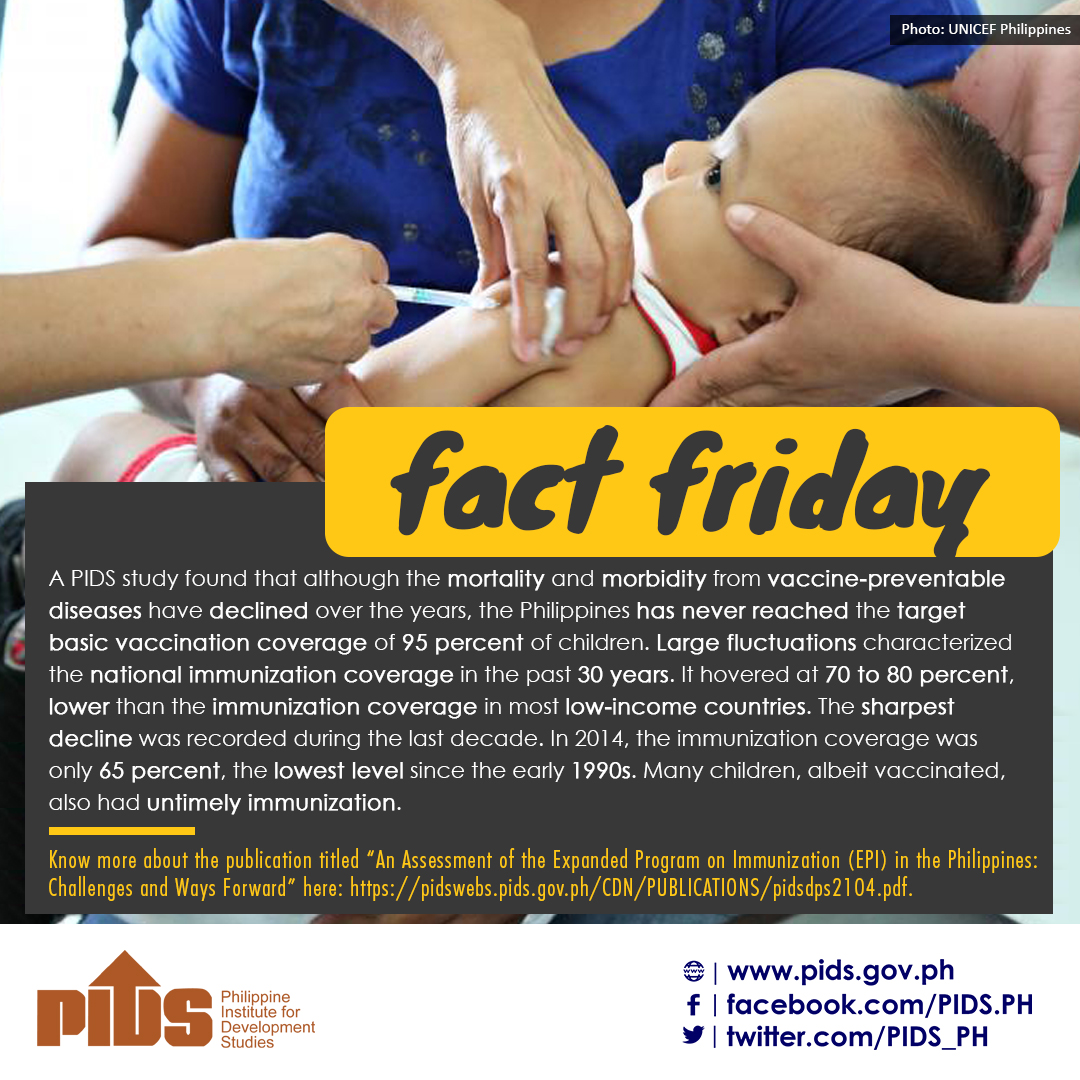The ability to read is the heart and soul of basic education and the foundation of life-long learning. Reading per se should be packaged with comprehension. The development of one’s reading skill starts in the early childhood years. Some children develop this even before they started formal education because they are taught at home.
According to Vygotsky (1978), children learn best when what is to be learned is functional and relevant and when it becomes a by-product of socialization. Subsequently, reading is not only limited to decoding words but also comprehending what you read.
One of the problems that educators are facing nowadays is the low academic performance of the students which is attributed to their inability to read, worst low if no comprehension at all. This scenario supports the idea that “Reading is the vehicle of learning.” Indeed when one only reads but without comprehension, it is merely murmuring. Thus reading in totality is also the ability to comprehend.
This problem is observed not only in the results of National Achievement Tests (NAT) but also in the dayto-day classroom situation. Senator Sherwin Gatchalian pointed out the declining NAT result is alarming. The lower NAT ratings in recent years are reflections of how the quality of education is declining in the Philippines.
Some pupils have reading skills which are way behind their current grade levels. In an English class, how can a teacher improve comprehension skills when their fluency is so low that they read word by word or by syllable? The same scenario is prevalent is teaching Science, scientific skills such as communicating results, inferring, and hypothesizing cannot and definitely will not progress with a struggling reader sitting in the classroom.
These problems create conflict among teachers in the lower and higher grade levels. Non-readers who are constantly promoted to the next higher grade level will surely suffer reading skill gaps that are prerequisites in their current grade level. Unfortunately, this goes on until the academe itself hands-in to society graduates that lag behind the 21st century skills necessary in the world of work and in dealing with real life.
Who to blame? The road to answer this complex question is puzzling. Finger-pointing among the teachers, the curriculum experts, and the department itself is tantamount to a more confusing educational arena in the Philippines. The Philippine Institute of Development Studies once stated that “sending non- readers to high school should be actively discouraged and elementary schools that allow this require close monitoring and supervision. Even without sanctions, the signaling from DepEd that such action is poor needs to be stronger across the Philippines this issue hounds every Juan in education.” Thus intensifying the need to make every learner a reader, for a reader is surely a learner.
What does this imply? Reading is primordial that directly influences how much one can learn. Time and again this can be a starting line to throw on a call to various stakeholders to lend a hand instead of finger pointing, to embrace the challenge instead of humiliating. For indeed the old mantra “it takes a village to educate a child” still holds great force.
Lastly, let our passion for learning be reflected on the quality of learners we produce. As educators in various ways we have to ask: Is the inability to read, inability to learn?
Inability to read, inability to learn?
Related Posts
Publications
Press Releases
Video Highlights
[No related items]







